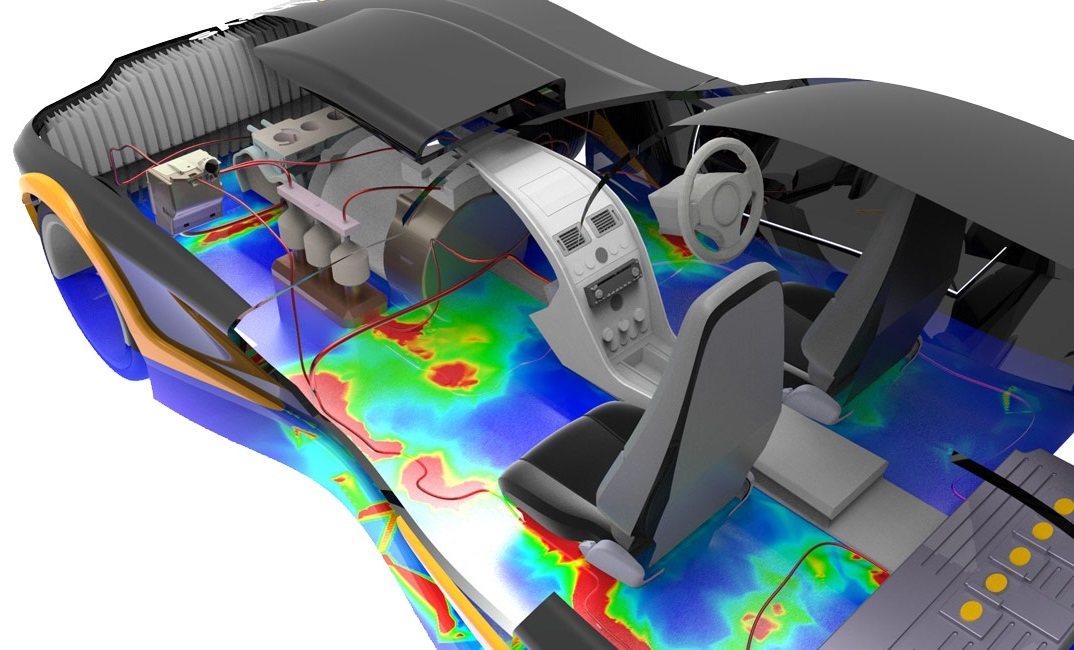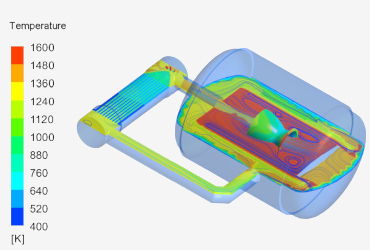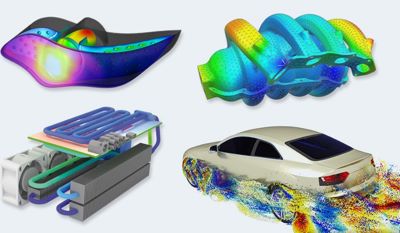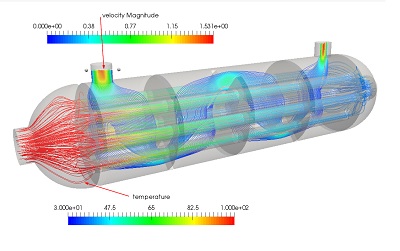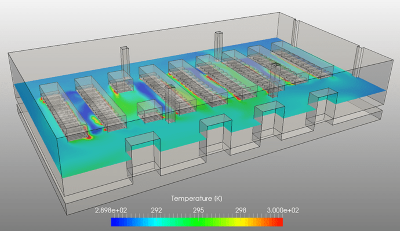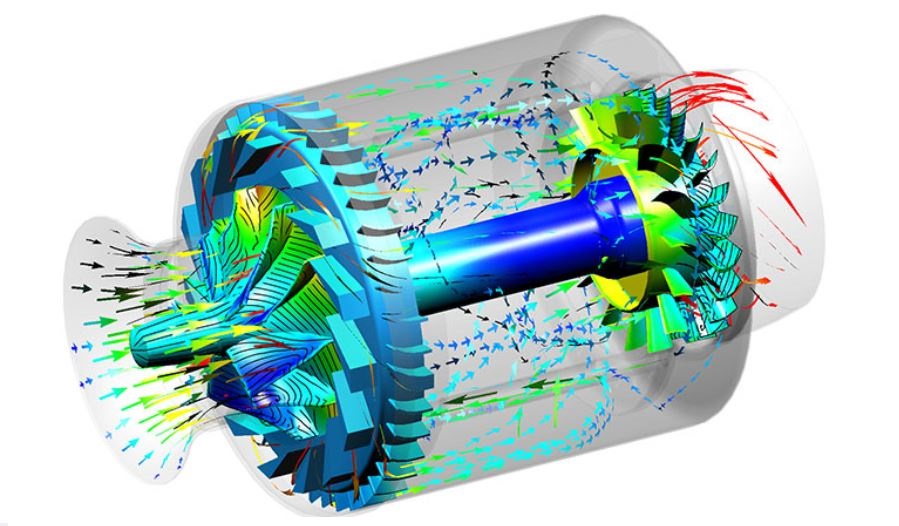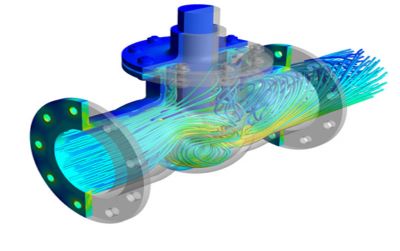Join Our Online CFD Courses for a Transformative Learning Experience
Unlock the world of fluid dynamics with our intensive online CFD courses! They are designed to provide students with a comprehensive understanding of CFD analysis using a range of Ansys software. These include Fluent, CFX, Spaceclaim, and Workbench. Our syllabus is crafted to align with industry needs, ensuring graduates are well-prepared for real-world applications.



